Smosh, Good Mythical Morning, PewDiePie -- the names may not mean much to you, but chances are your kids are on a first-name basis. Their funny hosts, off-the-cuff commentary, silly antics, and bewildering (to adults) subject matter put them among the most popular YouTube channels for young teens, garnering millions (and, in the case ofgame commentary PewDiePie, billions) of views. In fact, according to a recent survey of U.S. teens by Variety, the top five most influential celebrities are YouTube stars. But information about these personalities' shows -- the content, quality, and age-appropriateness, for example -- isn't easy for parents to find.
Tagged with social media
Put a plan in place, get senior managers on board and be ready to listen – how schools can successfully use social media
The Childnet STAR Toolkit (www.childnet.com/star) is a free online resource that offers practical advice and teaching activities to help secondary schools explore internet safety with young people with autism spectrum disorders.
The four sections SAFE, TRUST, ACTION and RESPECT all feature the concept of friendship and emphasise the importance of finding the balance between online and offline interaction. At the same time, the resource is continually promoting a positive, fun and safe experience for young people with ASD.
You can access the resource Here.
If you think your messages to your Facebook friends are private, think again. The social network announced that it has plans to look at your personal conversations as a way to make more profits from targeted advertising.
New resource and classroom activity for secondary/high school students. The activity looks at a personal profile and students are required to identify positive and negative features and content.
See the resource here.
The Social Media Myth
The myth about social media in the classroom is that if you use it, kids will be Tweeting, Facebooking and Snapchatting while you're trying to teach. We still have to focus on the task at hand. Don't mistake social media for socializing. They're different -- just as kids talking as they work in groups or talking while hanging out are different.
You don't even have to bring the most popular social media sites into your classroom. You can use Fakebook or FakeTweet as students work on this form of conversation. Edublogs, Kidblog, Edmodo, and more will let you use social media competencies and writing techniques. Some teachers are even doing "tweets" on post-it notes as exit tickets. You can use mainstream social media, too.
Read the article here
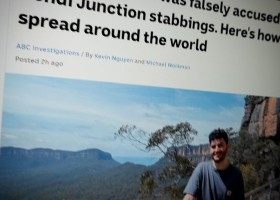
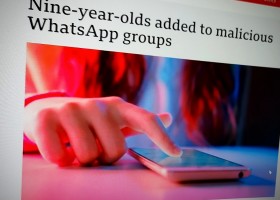
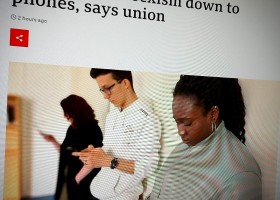

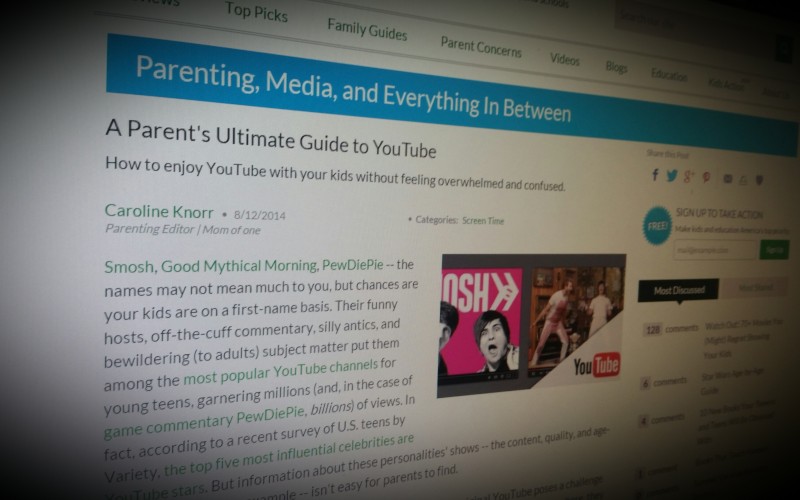
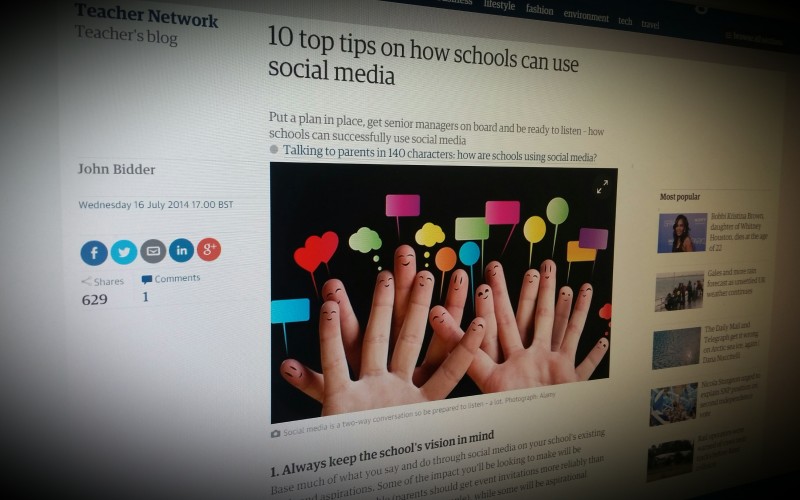
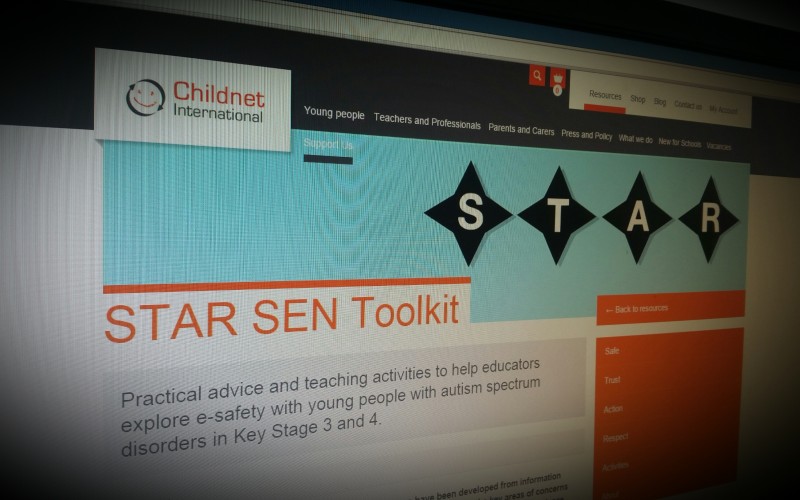
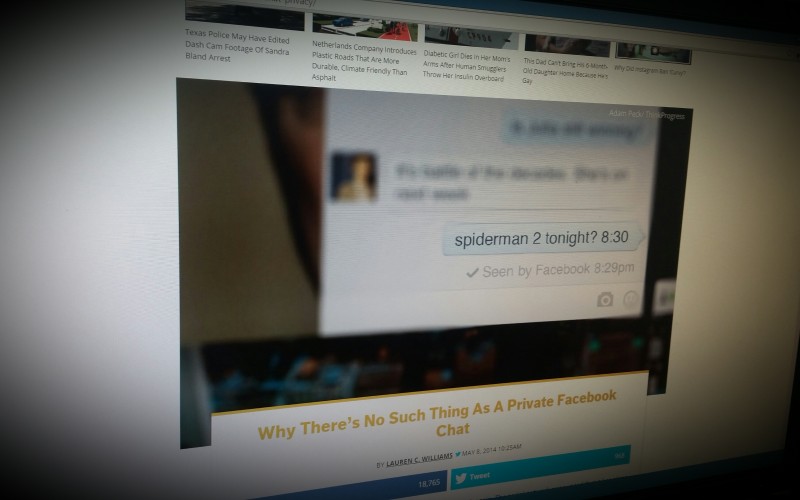
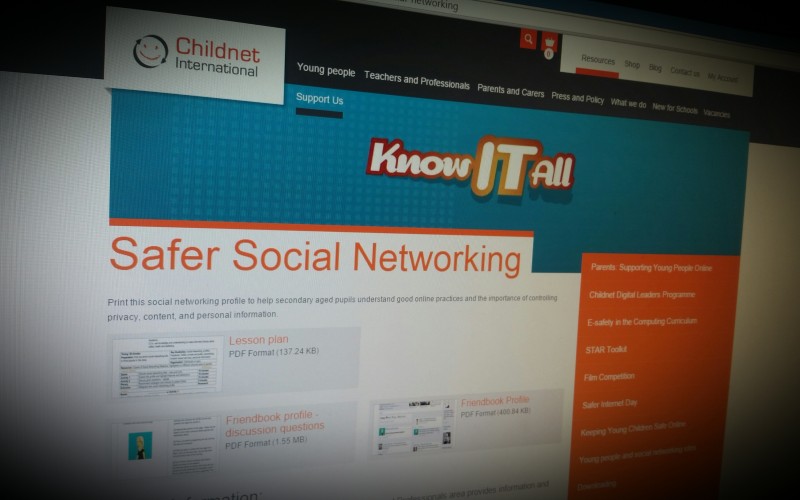

Comments
make a comment